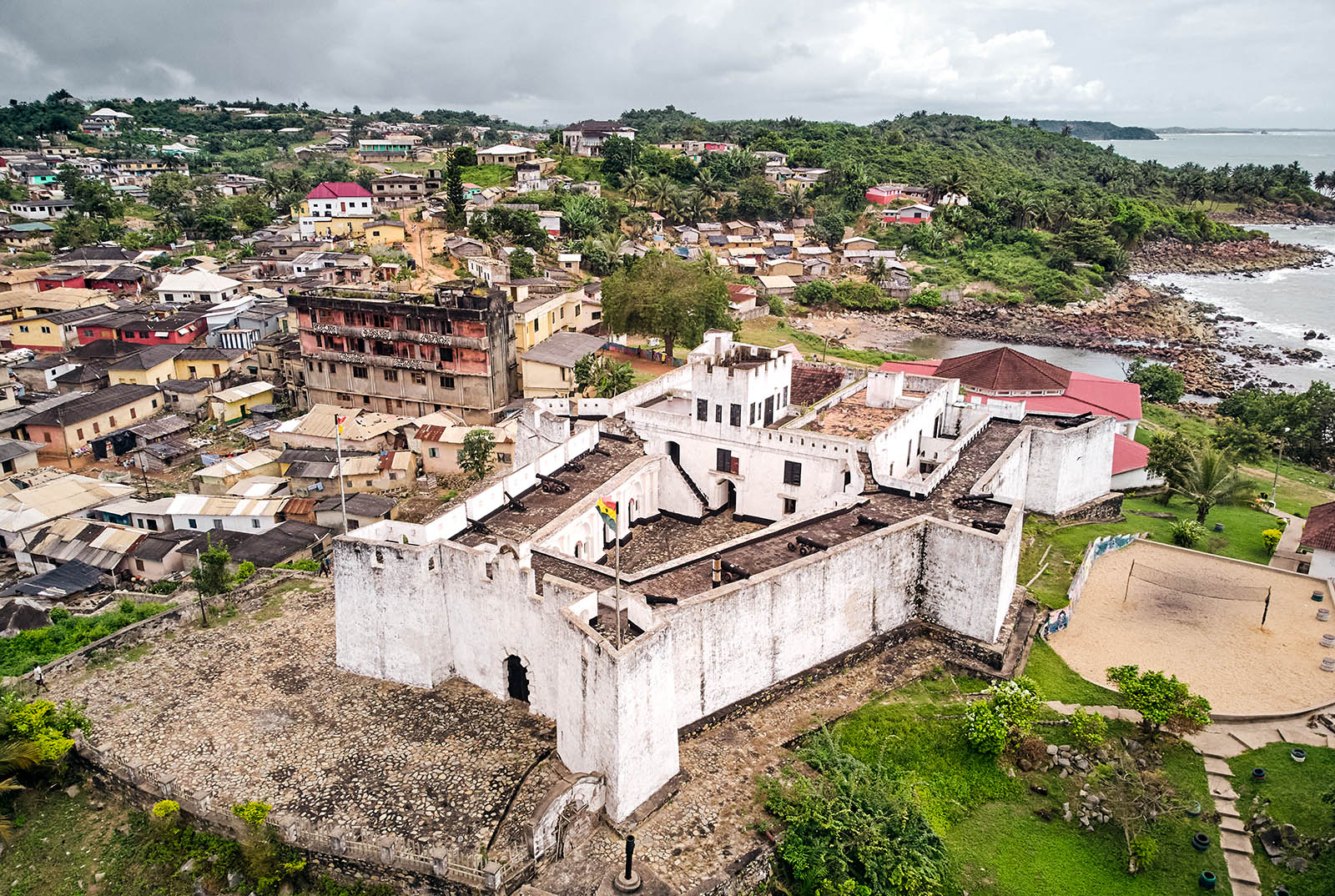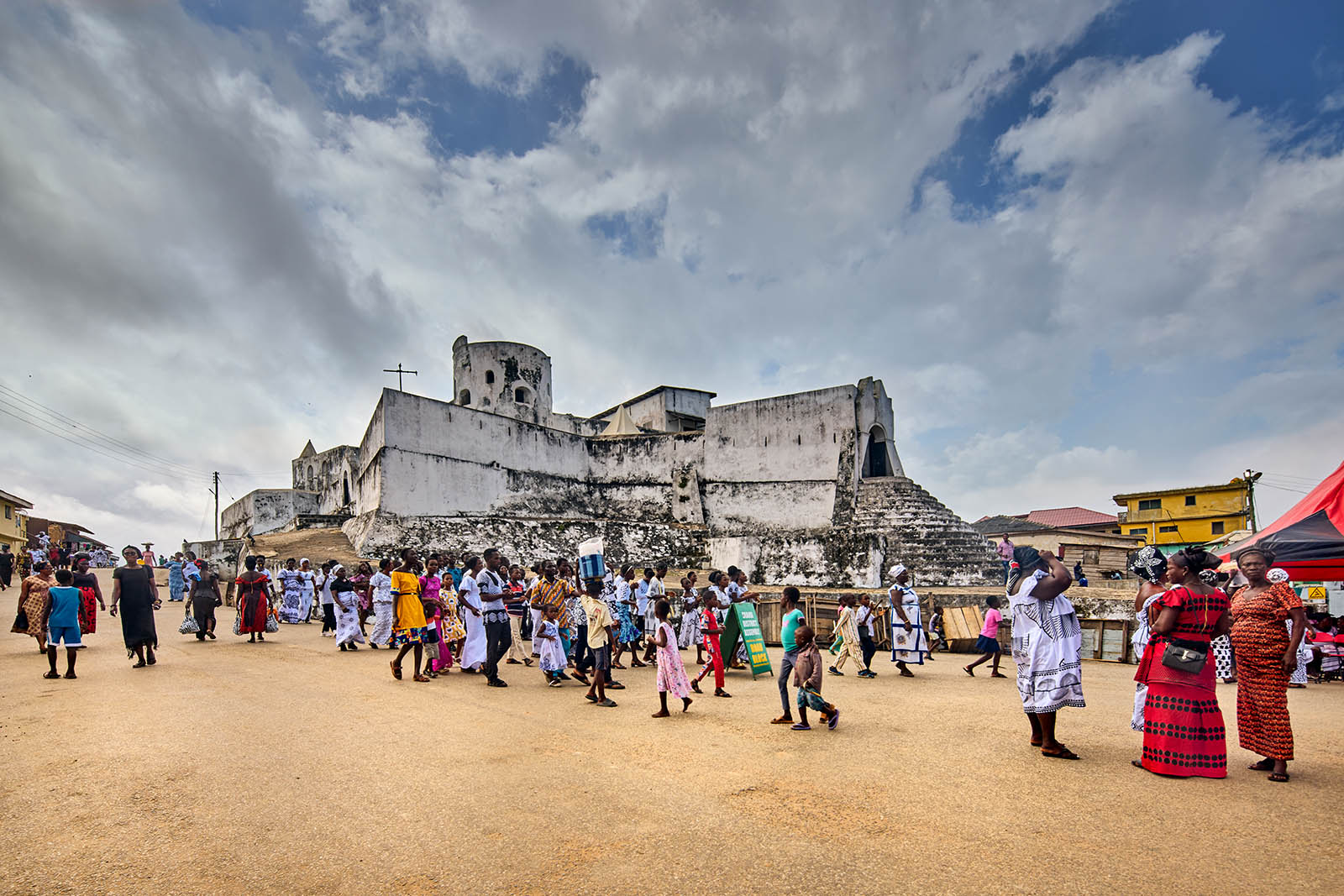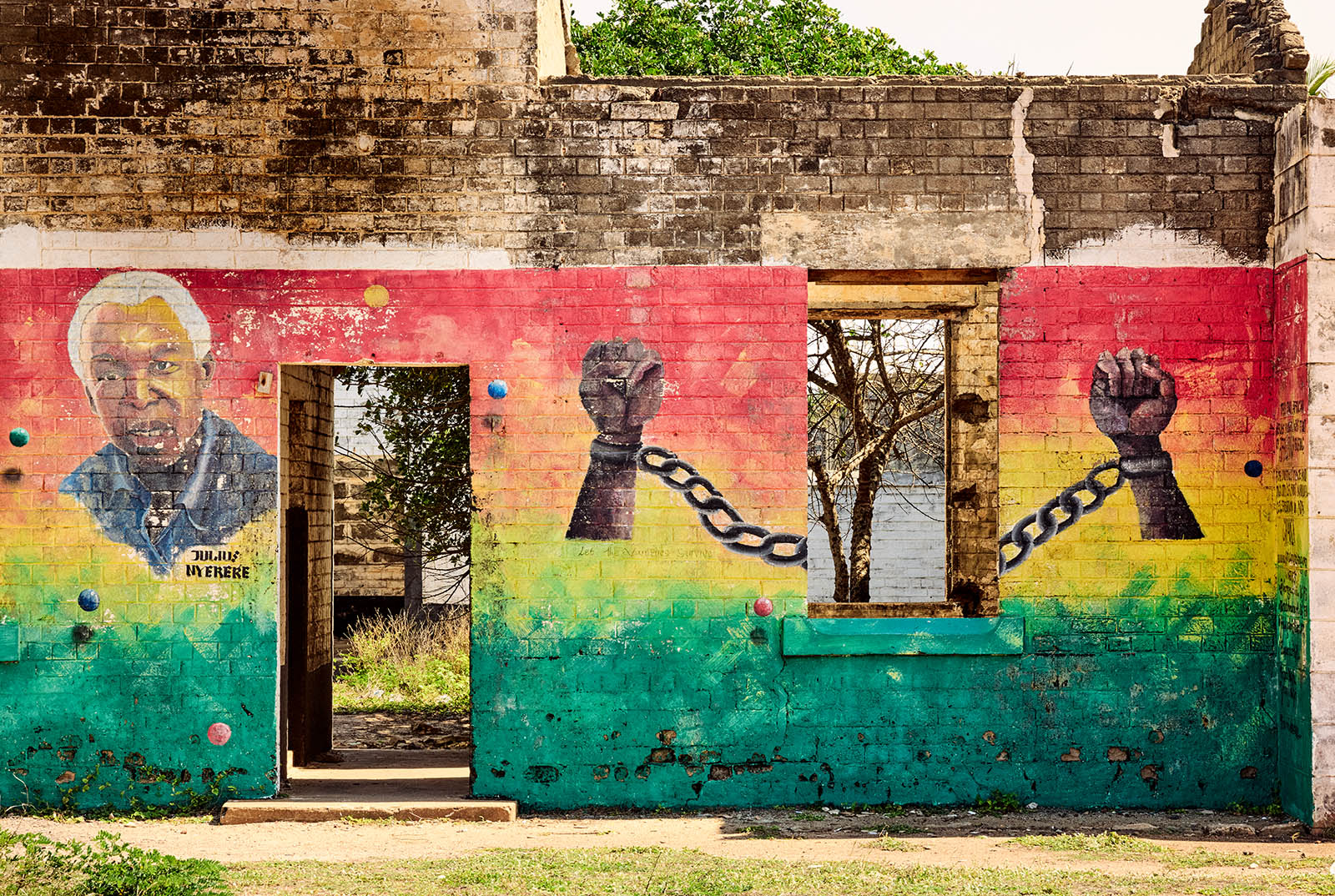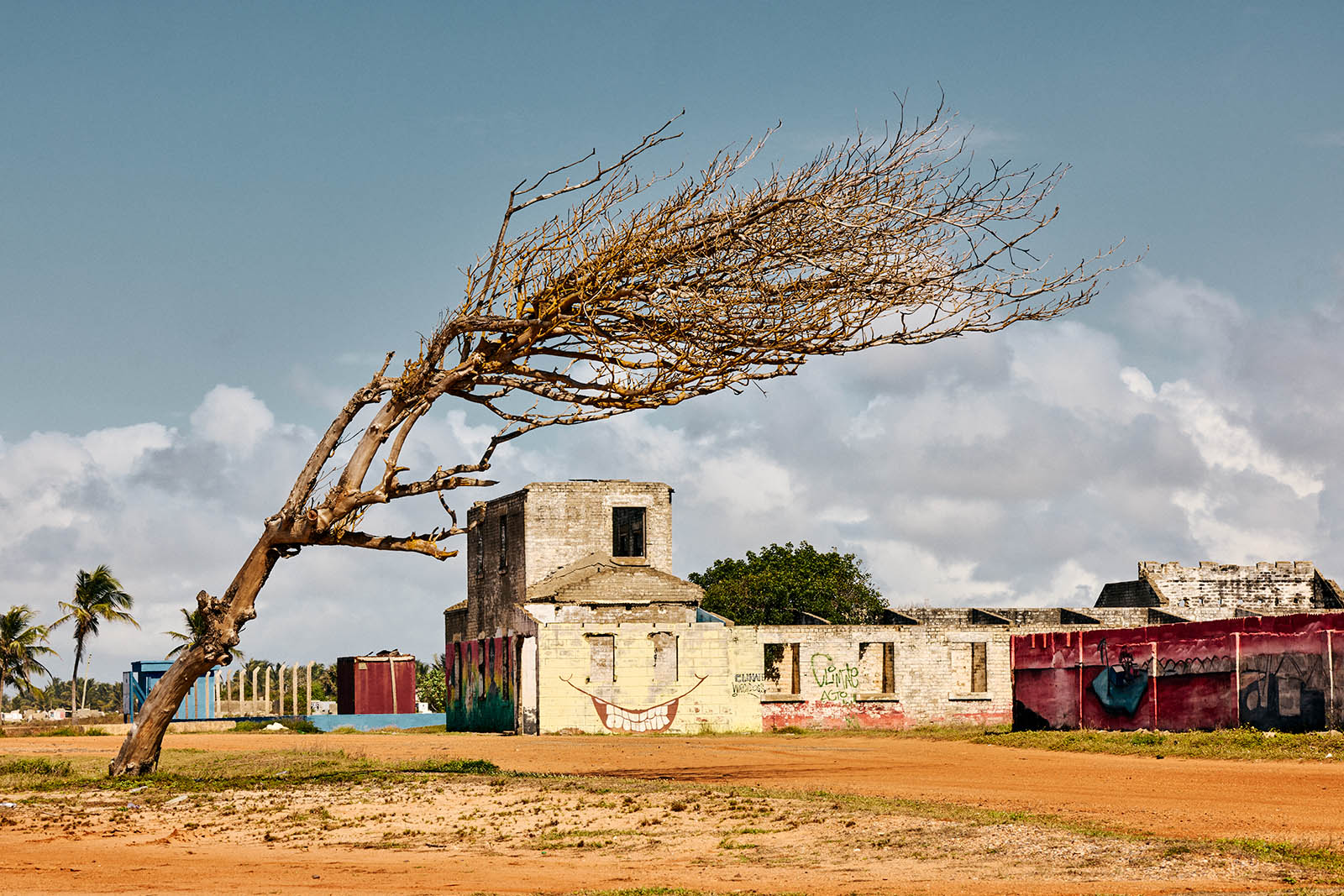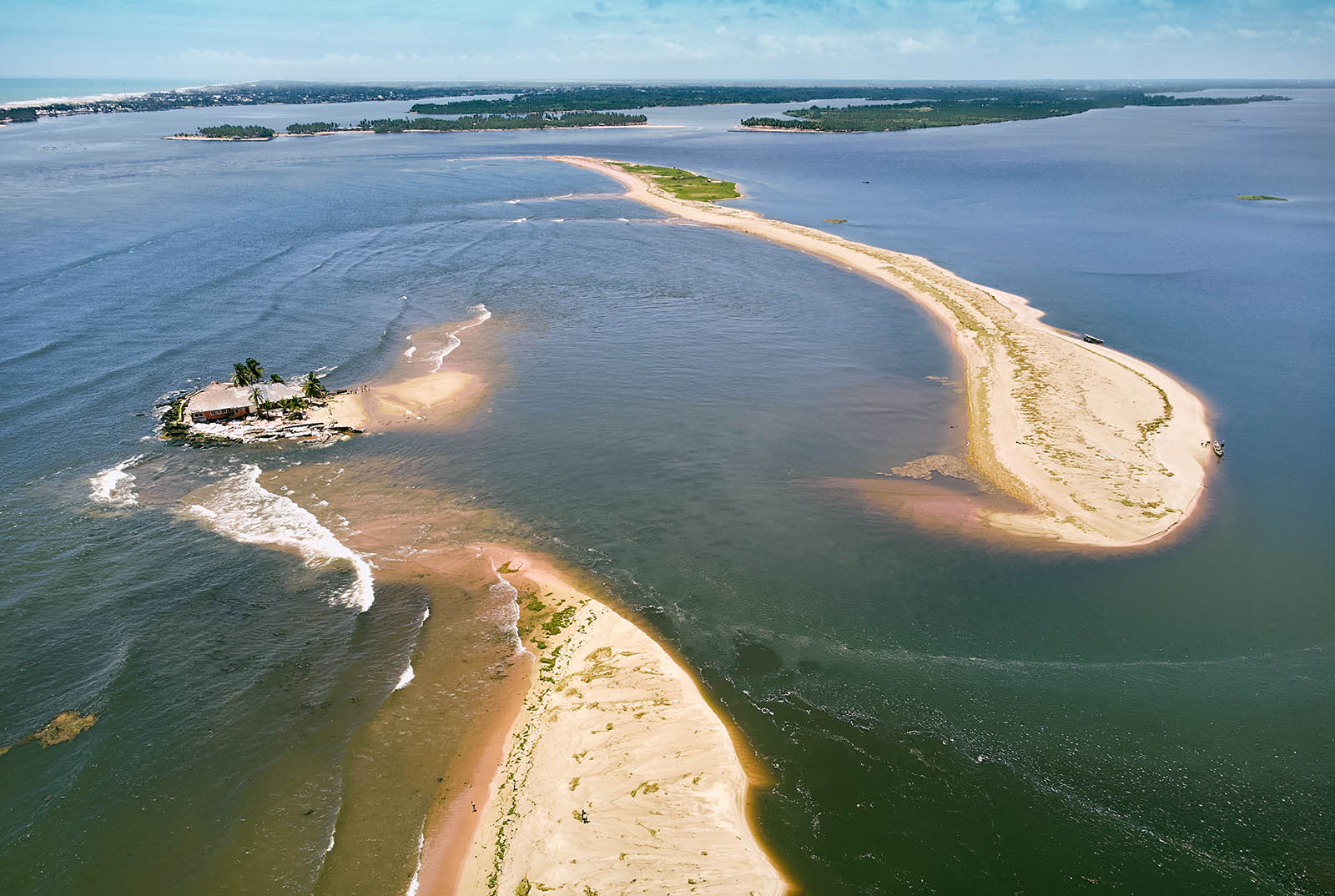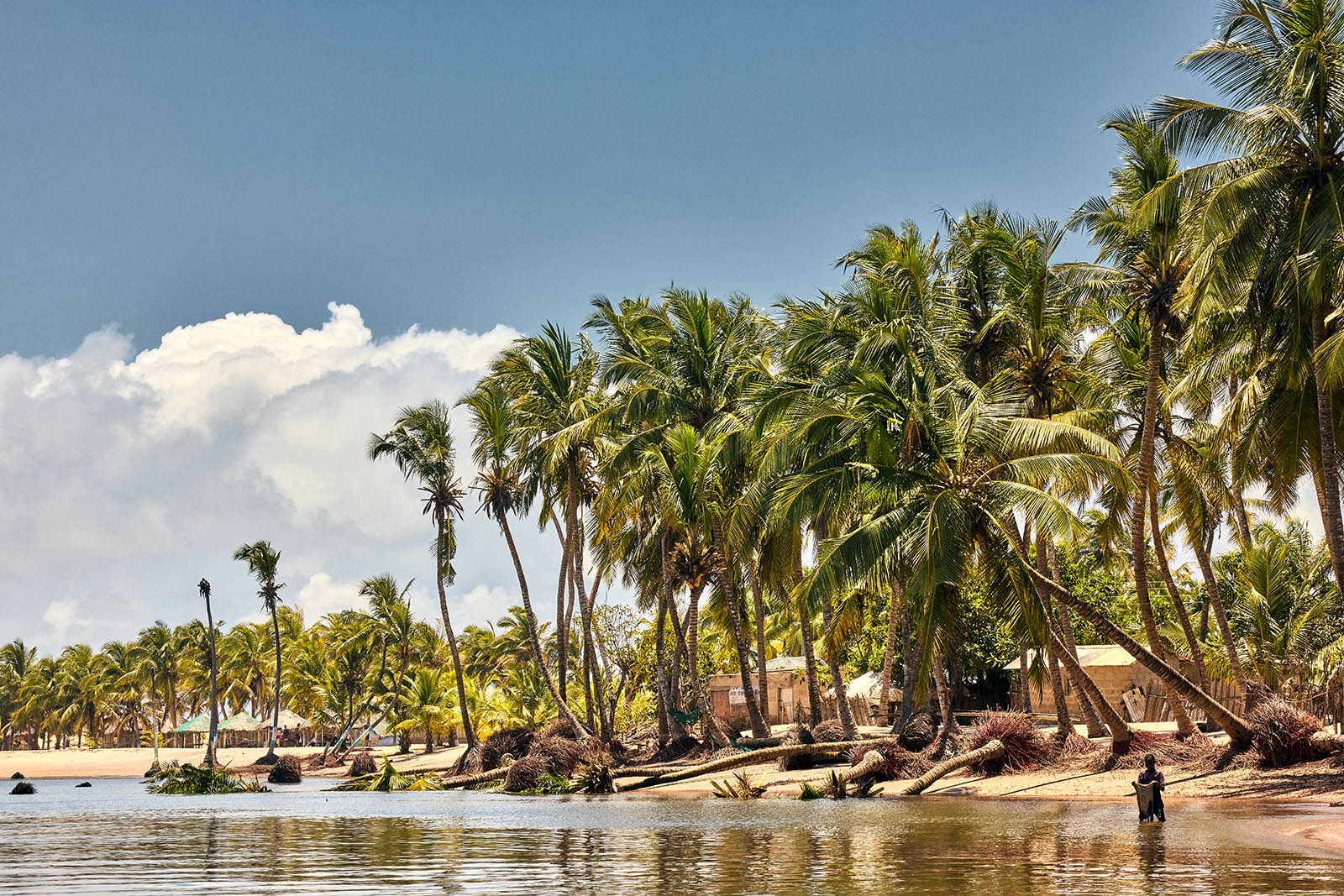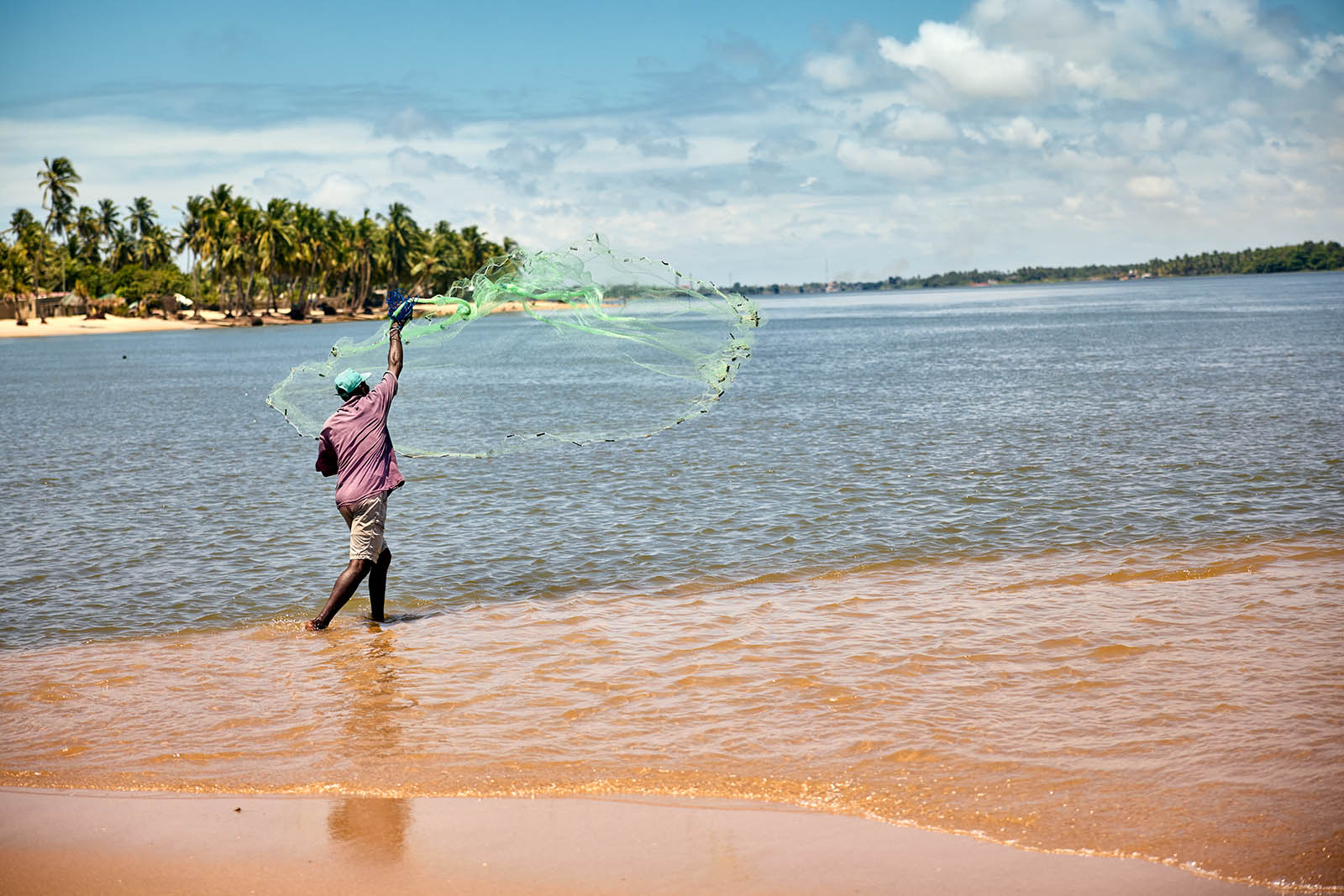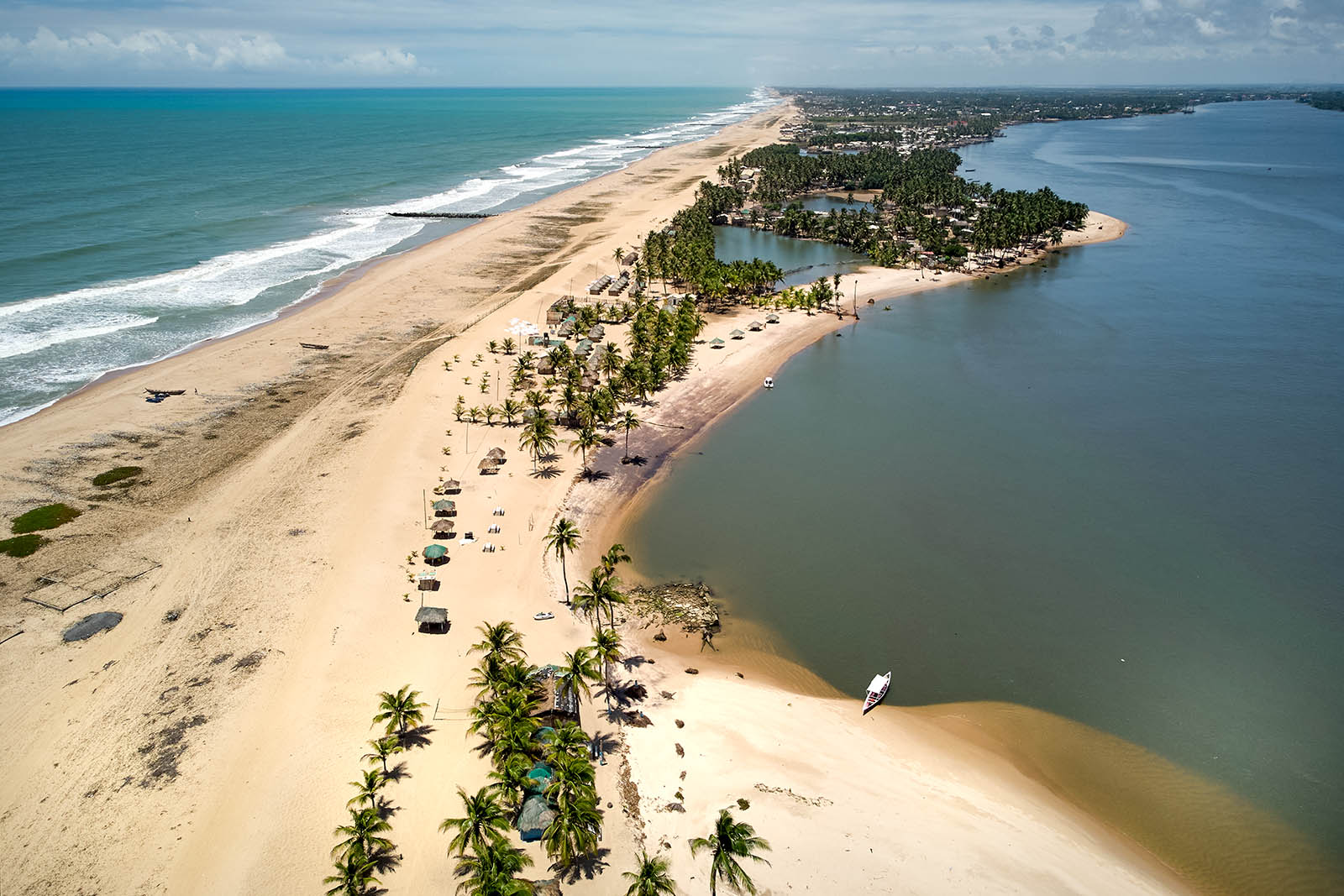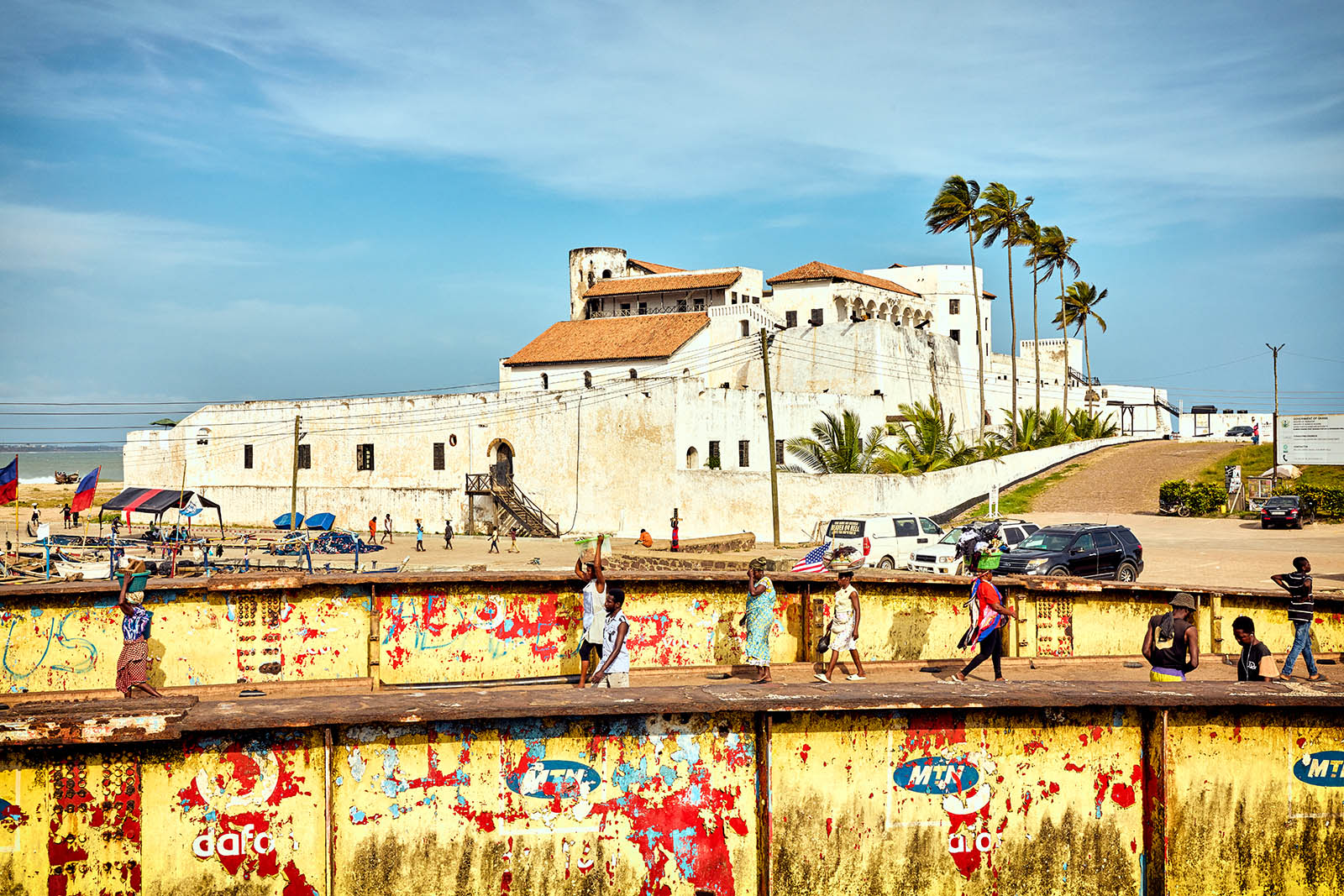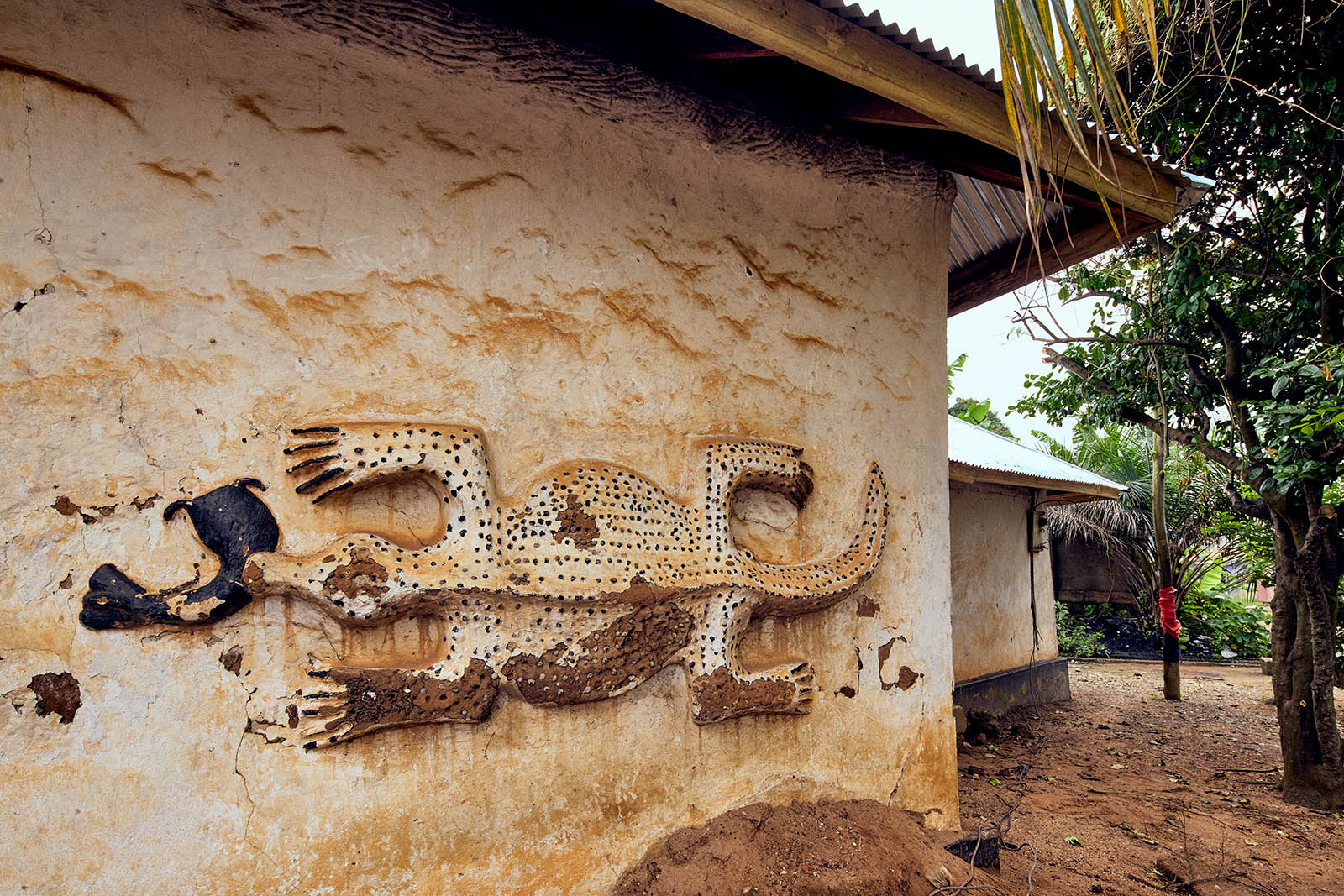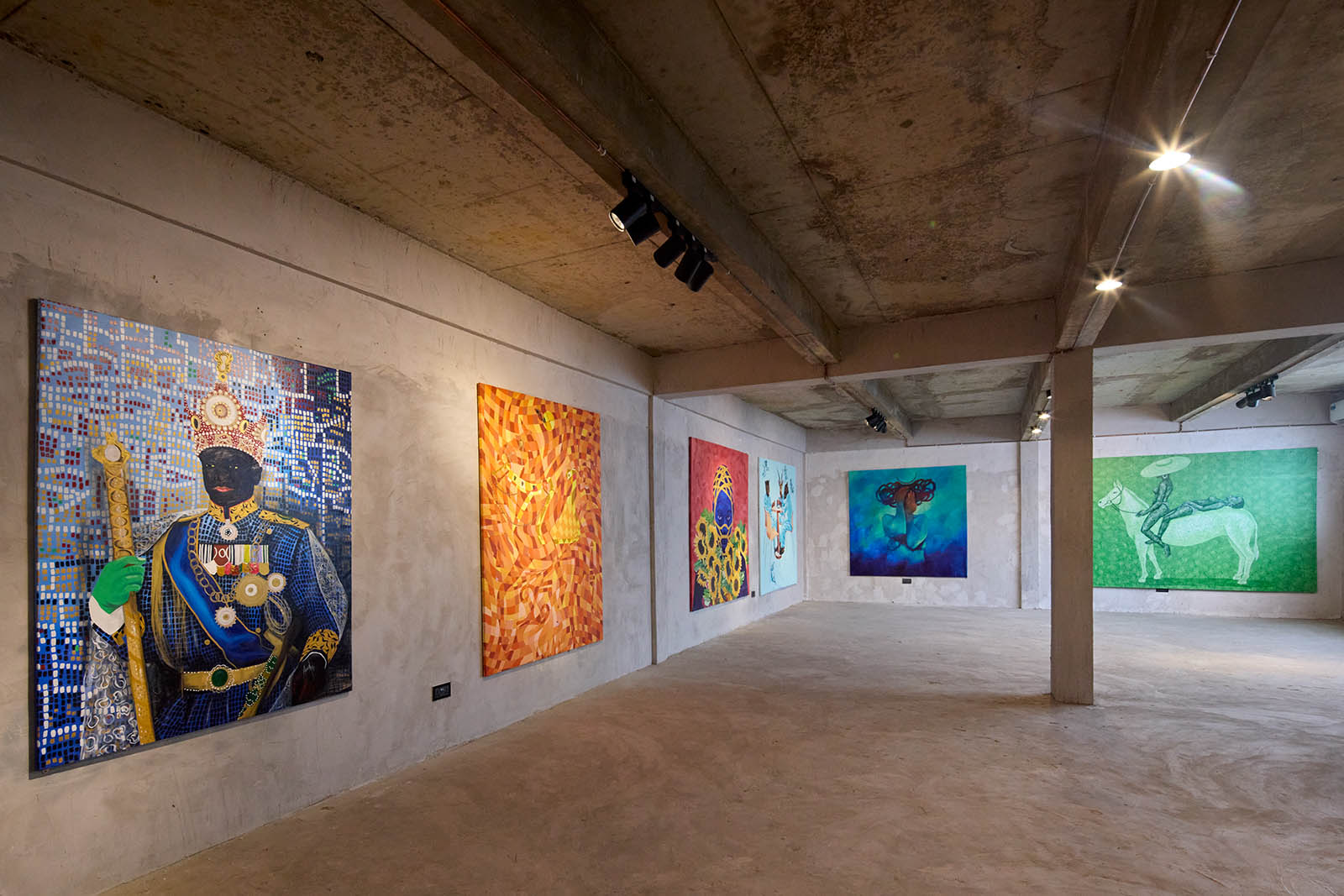The village of Ada Foah sits on the coast of Ghana where the Volta River flows into the Atlantic. Its name—a centuries-old vernacular adaptation of “fort”—acknowledges an erstwhile landmark: Fort Kongenstein. Constructed by Danes in the eighteenth century, Fort Kongenstein facilitated trade in goods and, for a period of about a decade, enslaved people. It is one of many such forts erected on the West African coast by European traders and settlers. These foreign structures, often built from materials imported from Europe along proto-globalized trade routes, stand as remnants of the complex and brutal colonial history that has shaped the region.
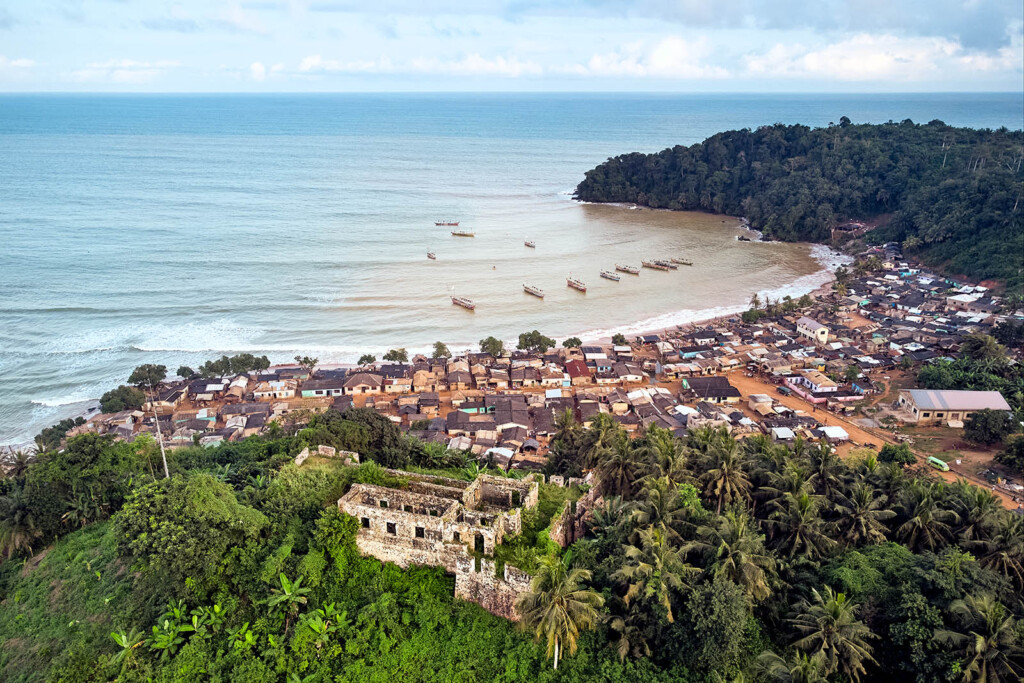
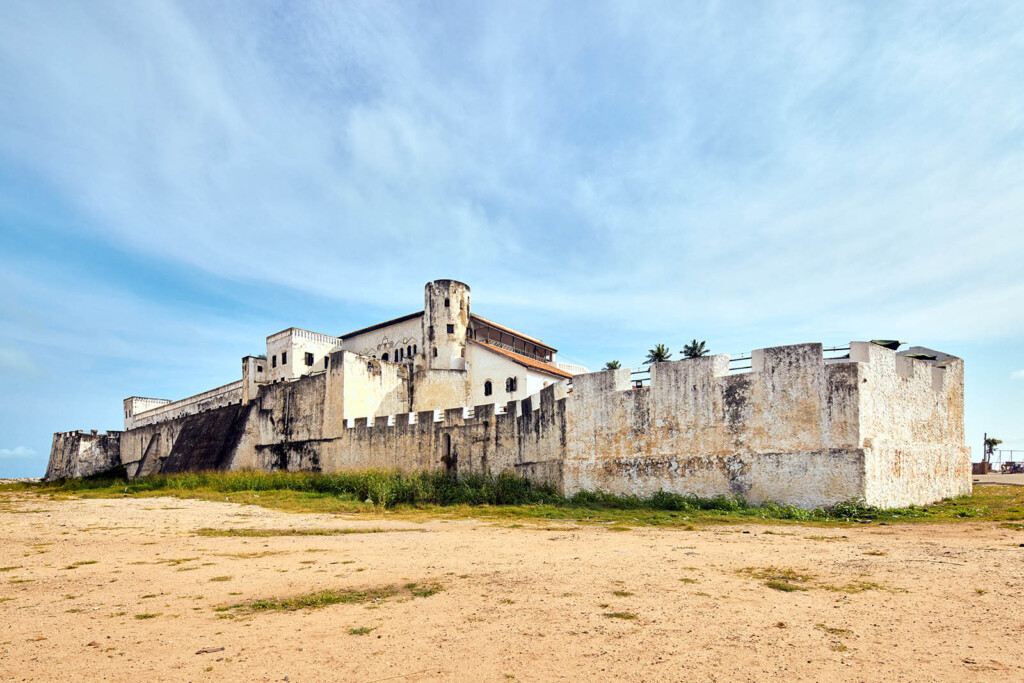
Though other forts in Ghana, such as Cape Coast Castle, have been preserved and rehabilitated, Fort Kongenstein today is at risk of being forgotten. Its historical significance is belied by its current physical condition. Most of the original stone fort has washed into the ocean, destroyed by the severe coastal erosion that has accelerated in a changing climate. What remains of the site includes a trading post, built in concrete and timber sometime after the British took power in the area, as well as a brick residential structure for the fort’s captain. In recent years, members of the Ada Foah community have taken steps to reclaim the site, adorning its walls with murals and occasionally hosting cultural events in the ruins.
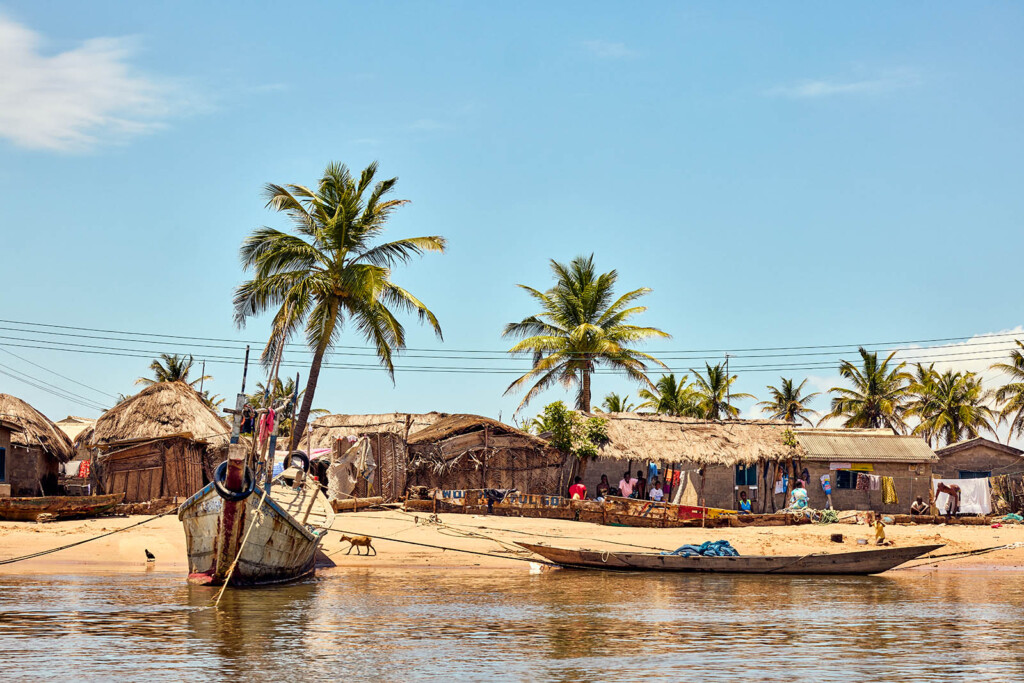
While the fort has fallen into disrepair, tourist facilities and villas have sprung up in the area, catering to those drawn to the area’s natural beauty and seeking respite from the bustling capital Accra, a three-hour drive away. Caught between tourist development and relentless coastal erosion that has only accelerated with climate change, Ada Foah’s namesake has an uncertain future.
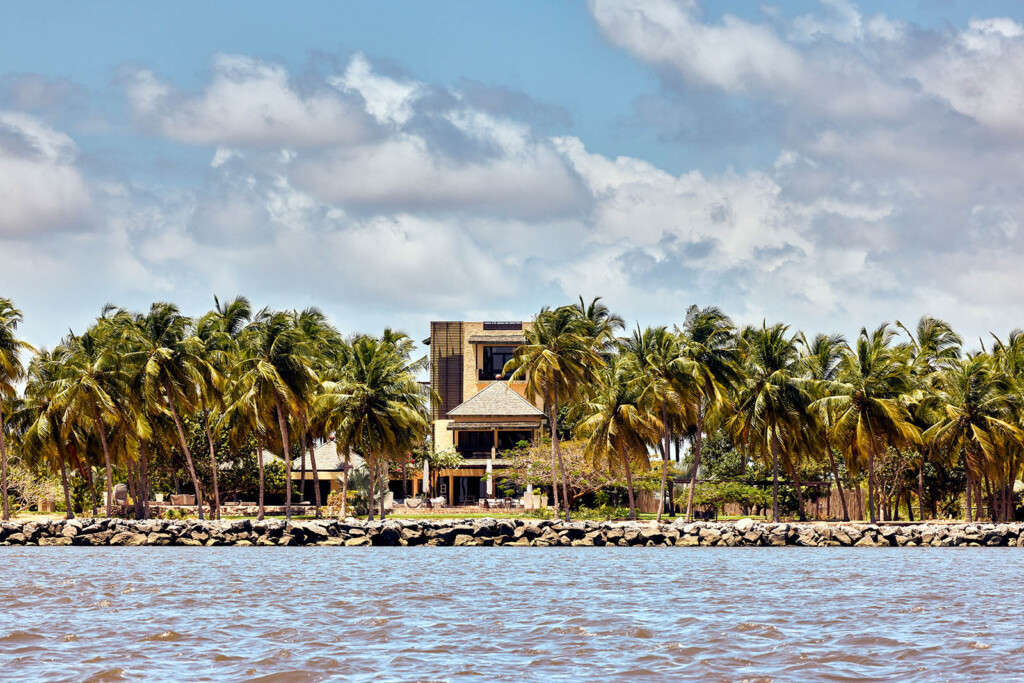
Yet this uncertainty also presents opportunities to transform the site into a facility with contemporary meaning. “Forgotten Fort Kongenstein,” an option studio led by Olayinka Dosekun-Adjei, John Portman Design Critic in Architecture at the Harvard Graduate School of Design, challenged students to grapple with the compound’s past while envisioning a new future for it at the heart of the Ada Foah community. Dosekun-Adjei, a Lagos-based architect and Creative Director of Studio Contra, aimed to embrace the fort as a “symbolic site of contact between European settlers and traders and the local population,” rather than “rejecting the ruins as part of a painful past and contentious or problematic history.”
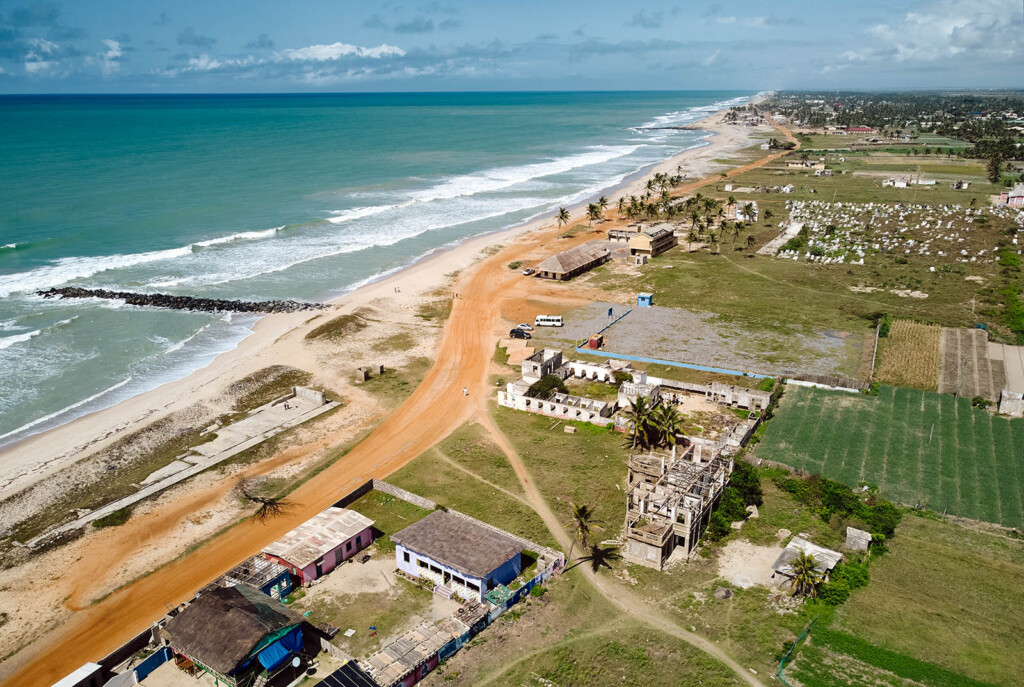
With support from the Open Society Foundations, Dosekun-Adjei led a group of students on a trip to Ghana to study the site. In addition to proposing an adaptive reuse of the fort structures that would address unforgiving erosion, students were tasked with developing a cultural program for the adapted site that would be historically sensitive, relevant to Ada Foah residents, and connected to the burgeoning ecosystem of regional arts institutions. Instead of preserving a monument or recovering a ruin, the goal was to transform the existing conditions into what Dosekun-Adjei calls a “generator” that will enrich the cultural life and economy of its surrounding community.
We used a European building constructed in Africa as a site for hybridizing what could be a rediscovered Indigenous approach to architecture and material culture.
Olayinka Dosekun-Adjei
“When we first arrived at the site after a long drive, the sun was blaring, but it was beautiful,” recalled Mariama M. M. Kah (MArch II ’24). “Everyone was taken aback by the sensory and auditory experience: wind gusts were coming off the Atlantic, the air was full of sea salt.” This stunning setting also posed challenges for envisioning resilient material conditions for the studio project. Fort Kongenstein has been worn down over time, defined today as much by absence as by monumentality.
Kah, who had worked in Ghana prior to studying at the GSD, described the fort as a palimpsest characterized by a “layering of history.” The structures that remain embody historical discontinuities: the captain’s house, the oldest extant structure, is built of brick imported from Denmark. The concrete trading post, meanwhile, was constructed sometime after 1850, likely when the British dominated the area. Timber used in each structure has mostly rotted away or been repurposed elsewhere. Recent paintings on the structures’ walls are evidence of community-driven attempts to discover meaningful uses for the building.
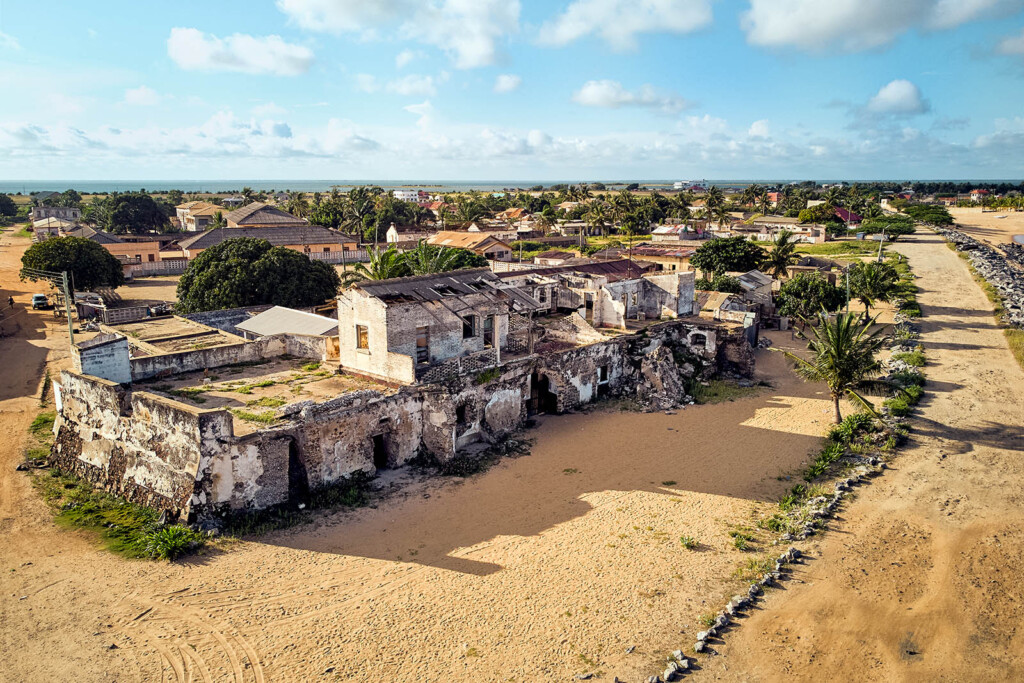
Dosekun-Adjei views these challenging conditions as an impetus to critically evaluate the contemporary West African architecture. “We used a European building constructed in Africa as a site for hybridizing what could be a rediscovered Indigenous approach to architecture and material culture.” Looking at the historical fort through the lens of globalization also offered a genealogy of contemporary practices in West Africa, “where so many materials are produced elsewhere, imported very much like this building.” Tracing the histories of these practices back to colonial periods can help architects today rediscover materials and techniques that retain deep local meaning precisely because of their hybridity.
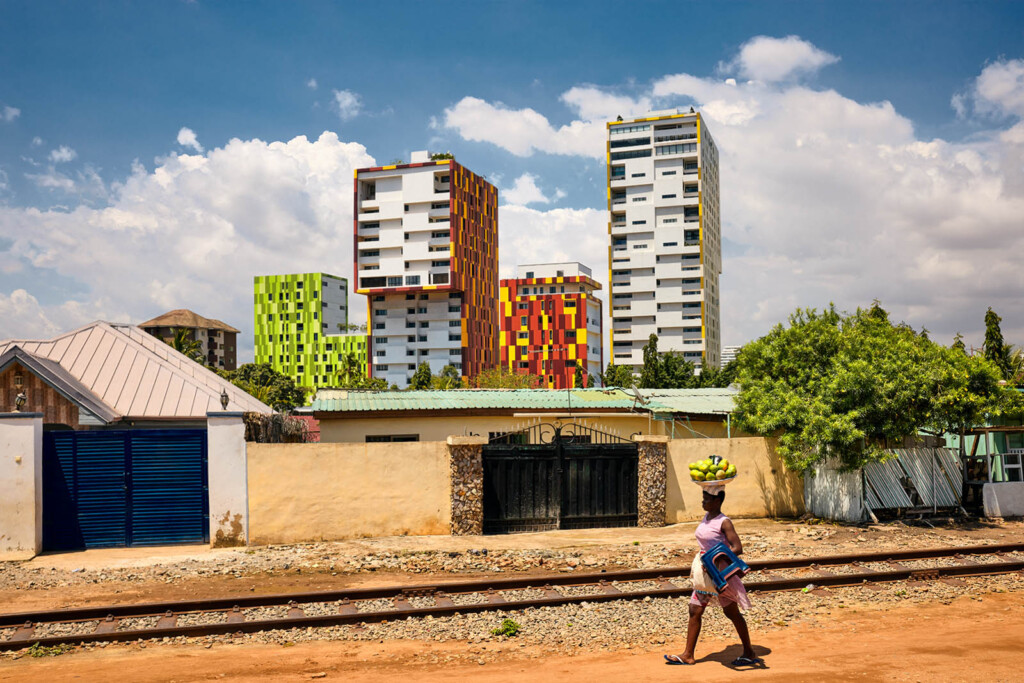
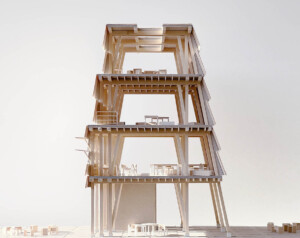
In guiding students through their studio projects, Dosekun-Adjei encouraged them to take imaginative approaches to this hybridity while also foregrounding the need for resiliency. “The idea of a museum or an archive became complicated because we were situated right in front of the sea and coastal erosion was happening at such a rapid rate,” Kah said. “The inevitable reality was looming: the site would succumb to the Atlantic.” Some projects accepted this reality by envisioning temporary structures that would last only as long as the terra firma. Kah addressed this challenge by proposing a robust sea wall structure that would be the centerpiece of similar measures developed in the area.
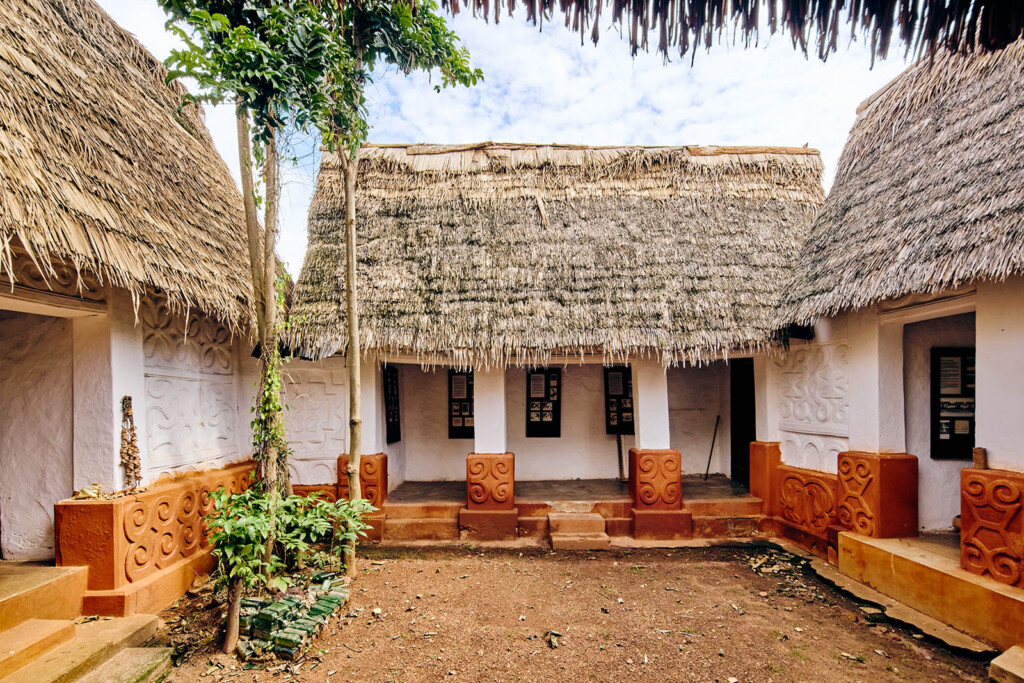
Courtney Sohn (MArch I ’24) also envisioned a permanent cultural center on the site. “I was thinking about materials in relation to temporality,” she said. “We projected a future for the site in which the materials were going to fall into the ocean. I wanted to build in materials that had resilience even if the rest of the site was lost.” That meant employing techniques from marine architecture to create a structure over the site. As the sea approached, the historical fort would be washed away, representing “a part of the history that we could let go of,” while the new structure, with its new community-centered purpose remained.
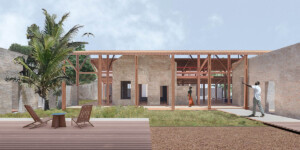
The historical legacy of the fort, as Dosekun-Adjei sees it, could help create needed public spaces and institutions in Ada Foah, a village dominated by private tourist development. A re-imagined fort complex could transform Ada Foah into a new kind of public space: a cultural center in the community and a node in the emerging network of small cultural institutions in Ghana. To generate ideas for the building’s program, studio participants visited a number of arts organizations in Accra. With little government support for the arts available, institutions like the Dikan Center and the Nubuke Foundation Art Gallery depend on the ambition and vision of future cultural leaders. This ethos is reflected in the physical structures that house many new arts organizations, many of which employ strategies of adaptive reuse. The Dikan Center, for example, is a photography gallery and library in a refurbished housing complex.
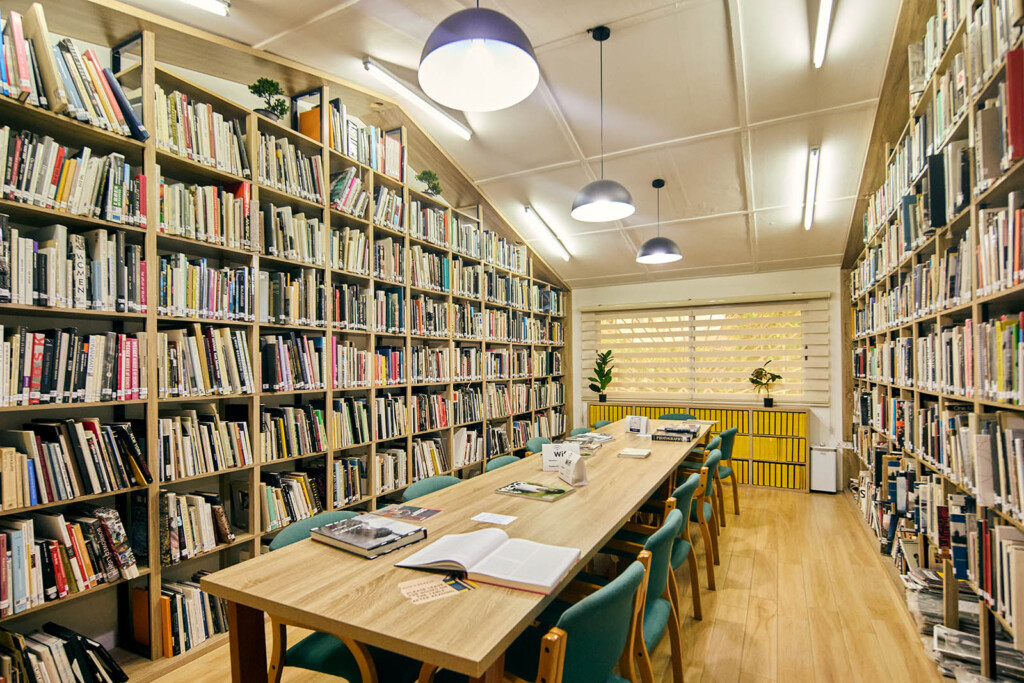
Many of the arts organizations that inspired student projects had hybrid identities, offering their communities more than spaces to contemplate visual arts. The Nubuke Foundation complex is a mix of exhibition galleries and studios, co-working spaces, and other facilities intended to provide broad support for the creative economy.
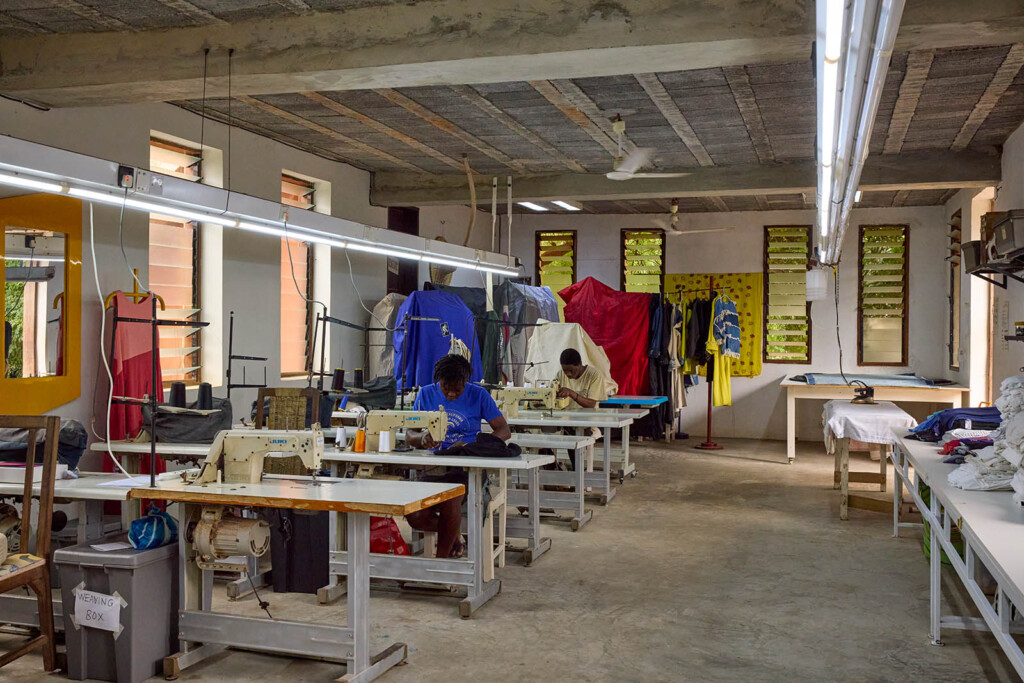
Partly in acknowledgment of this local need and partly as an exercise in working with different architectural scales, Dosekun-Adjei prompted students to envision both exhibition spaces and other facilities for the community such as classrooms and workshops. Inspired by the role of film production in decolonizing struggles, Kah proposed a program for the fort that included an art house cinema. “I looked at photography and cinema as both a decolonizing method as well as a method for people [in West Africa] to construct their own narratives and archive their history and memories. Photography and cinema are a means of creating beautiful dialectic stories that span generations but still hold true.” Sohn drew upon course discussions about cultural restitution—the repatriation of artifacts removed during the colonial period—as well as her conversations with Ada Foah community members to propose a space for archaeological finds that could stimulate historical and cultural research. Other projects included spaces for a community radio station and production facility, as well as art galleries, classrooms, and workshop spaces.
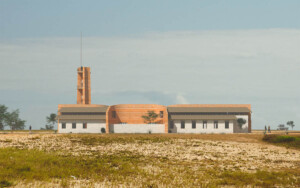
The GSD student projects, compiled by Dosekun-Adjei and her studio, will become part of a discussion with local leaders and potential funders about the future of the site. The work undertaken as part of the GSD studio suggests that the future of Fort Kongenstein will exemplify an expanded notion of adaptive reuse. Any project that modifies the ruins of the fort will have to address questions of sustainability while engaging with contested historical narratives. As Dosekun-Adjei says, the project will “uncover histories, both architectural and material,” providing new foundations for building in the region and beyond.
